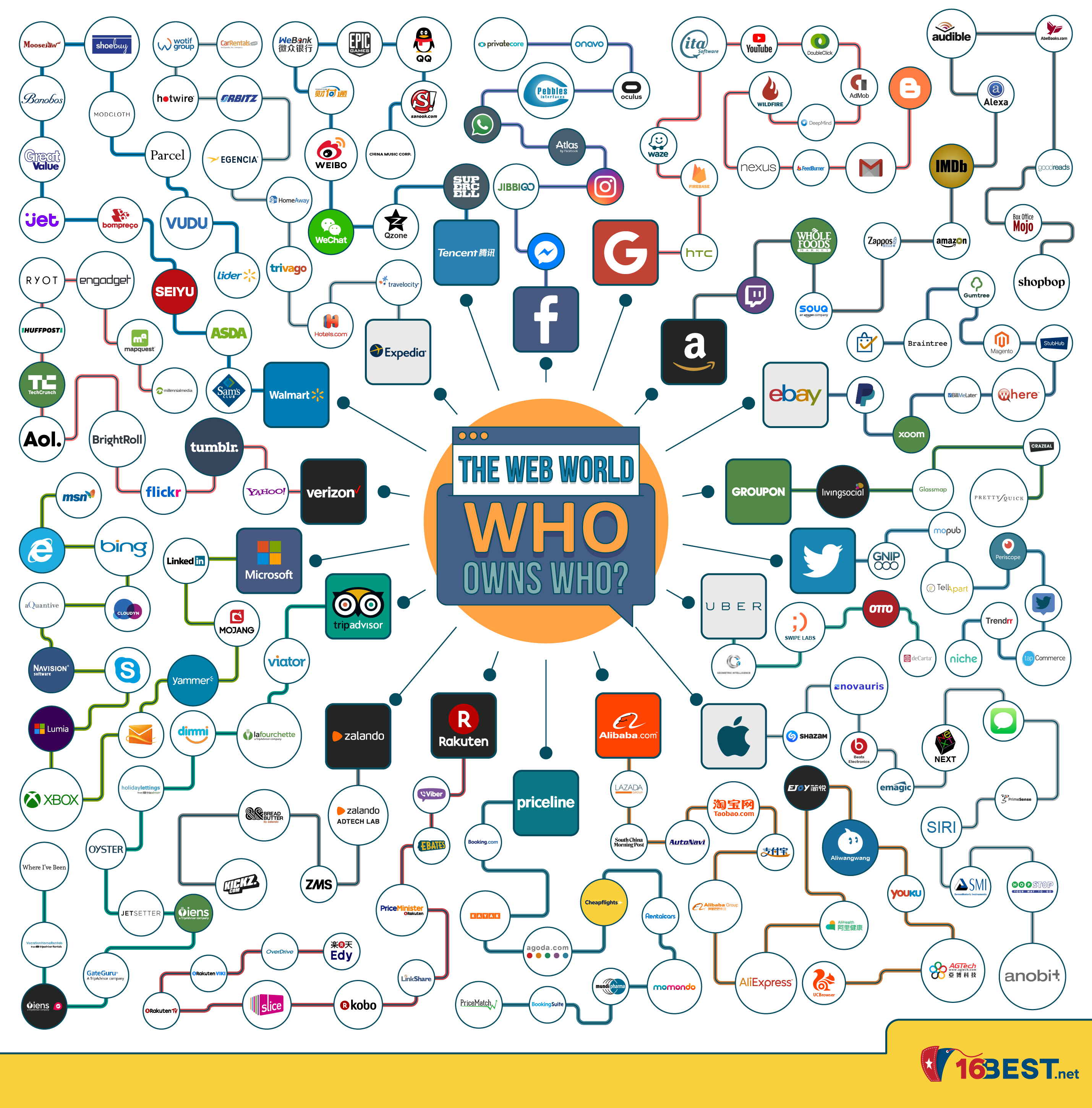Google Assistant has continued its catch up with Amazon's Alexa, as Actions on Google is expanding to support more developers worldwide, with availability in seven new languages: Hindi, Thai, Indonesian, Danish, Norwegian, Swedish and Dutch.
While Alexa boasts of huge collection of "skills" which is perhaps its edge over other rivals, the Google Assistant’s version of what Amazon calls ‘skills,’ Actions on Google is gradually measuring up to speed.
Along with the formerly supported languages for developers, which includes: French, German, Japanese, Korean, Spanish, Portuguese, Italian and Russian, the new language additions will equally be available on Google’s Dialogflow - a tool for building conversational interfaces.
Google has also made it easier to translate Actions by letting developers export their directory listing information as a file.
Other new features coming to developers is the ability to create a deep link to an Android app from Google Assistant Actions, which may benefit users from the versatility of the Android app for particularly complex or highly interactive tasks.
And through connecting Actions to the Google Places API, developers can include conversations about places.
According to Google product manager, Brad Abrams, by the end of the year Google Assistant will reach 95 percent of all eligible Android phones worldwide, and Actions remains a great way for developers to reach those users to help them get things done easily over voice.
While Alexa boasts of huge collection of "skills" which is perhaps its edge over other rivals, the Google Assistant’s version of what Amazon calls ‘skills,’ Actions on Google is gradually measuring up to speed.
Along with the formerly supported languages for developers, which includes: French, German, Japanese, Korean, Spanish, Portuguese, Italian and Russian, the new language additions will equally be available on Google’s Dialogflow - a tool for building conversational interfaces.
Google has also made it easier to translate Actions by letting developers export their directory listing information as a file.
Other new features coming to developers is the ability to create a deep link to an Android app from Google Assistant Actions, which may benefit users from the versatility of the Android app for particularly complex or highly interactive tasks.
And through connecting Actions to the Google Places API, developers can include conversations about places.
According to Google product manager, Brad Abrams, by the end of the year Google Assistant will reach 95 percent of all eligible Android phones worldwide, and Actions remains a great way for developers to reach those users to help them get things done easily over voice.




























